Research
U.S. Murals as a Means of Communication Rather than Just Art
As TU seeks designation as a high research activity institution, TU Magazine will each issue bring readers a story of high-impact research. For this edition, we spoke with anthropology and art history adjunct professor Katharine Fernstrom about the deeper political and social meaning of public murals throughout the United States.
Abstract — Murals are a ubiquitous presence in American cities, suburbs and even small towns.
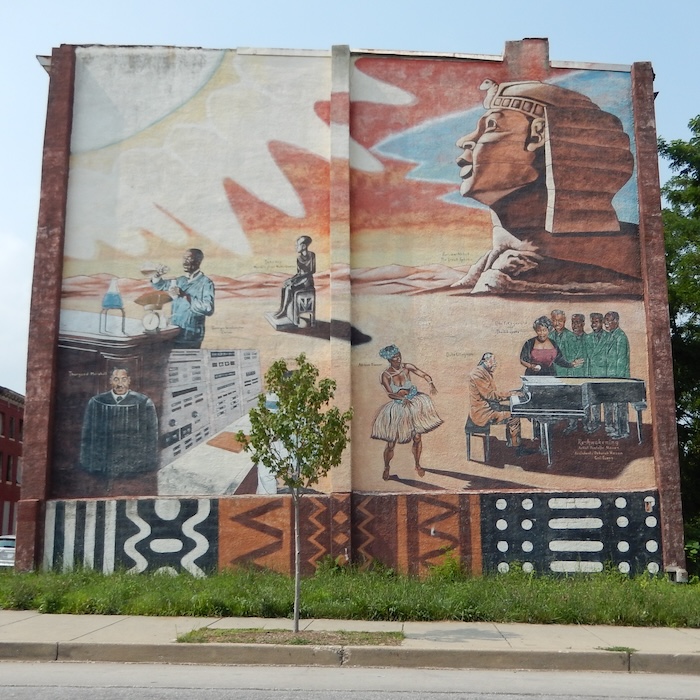
But are they just art or something more? Katharine Fernstrom has spent the last decade researching murals as a mode of communication. Her passion for the subject started when she was driving on Broadway in Baltimore’s Fells Point neighborhood. “I saw this mural on the end of the wall of a townhouse complex,” she says.
“It was a memorial to someone who had died. It was absolutely breathtaking. I began to realize how much really detailed, important information is being put into a lot of murals. Then I volunteered with Baltimore mural artist Michelle Santos to gain experience with the community context. That was in 2011 and the mural is ‘Historic Druid Heights,’ at the intersection of Presstman Street and Druid Hill Avenue. I was very impressed at the way people would stop to talk about the work in progress.”
A Conversation with Katharine Fernstrom

How do you define the term mural?
A mural is visual imagery that is put on a wall, ceiling or floor. So I start with prehistoric American Indian rock art, which can be 10,000 years old. People put their ideas and their concerns into murals. We have lots of official government murals, also some on libraries, in hospitals and certainly churches.
What was one of the first murals that captured your academic attention?
The first mural made in Chicago in the 1960s about civil rights interests me a lot. It was called the “Wall of Respect” and created by a group who called themselves the Organization for Black American Culture (OBAC). It presented many famous African American artists, politicians and other figures important to American history.
What is one of the most controversial murals that you’ve studied?
A mural that Diego Rivera was commissioned to paint in the foyer of Rockefeller Center in the 1930s. The Rockefellers wanted a mural that celebrated future developments in American industry and supported his successful business empire. Rivera’s sympathies lay with the left wing Mexican revolutionary goals even as he was working in the U.S. during part of the Depression. He inserted Vladimir Lenin’s portrait into the commission, which greatly angered Rockefeller, who paid Rivera’s remaining fees and chiseled the fresco off the wall. He then hired someone else to make a mural more in keeping with his business philosophies.
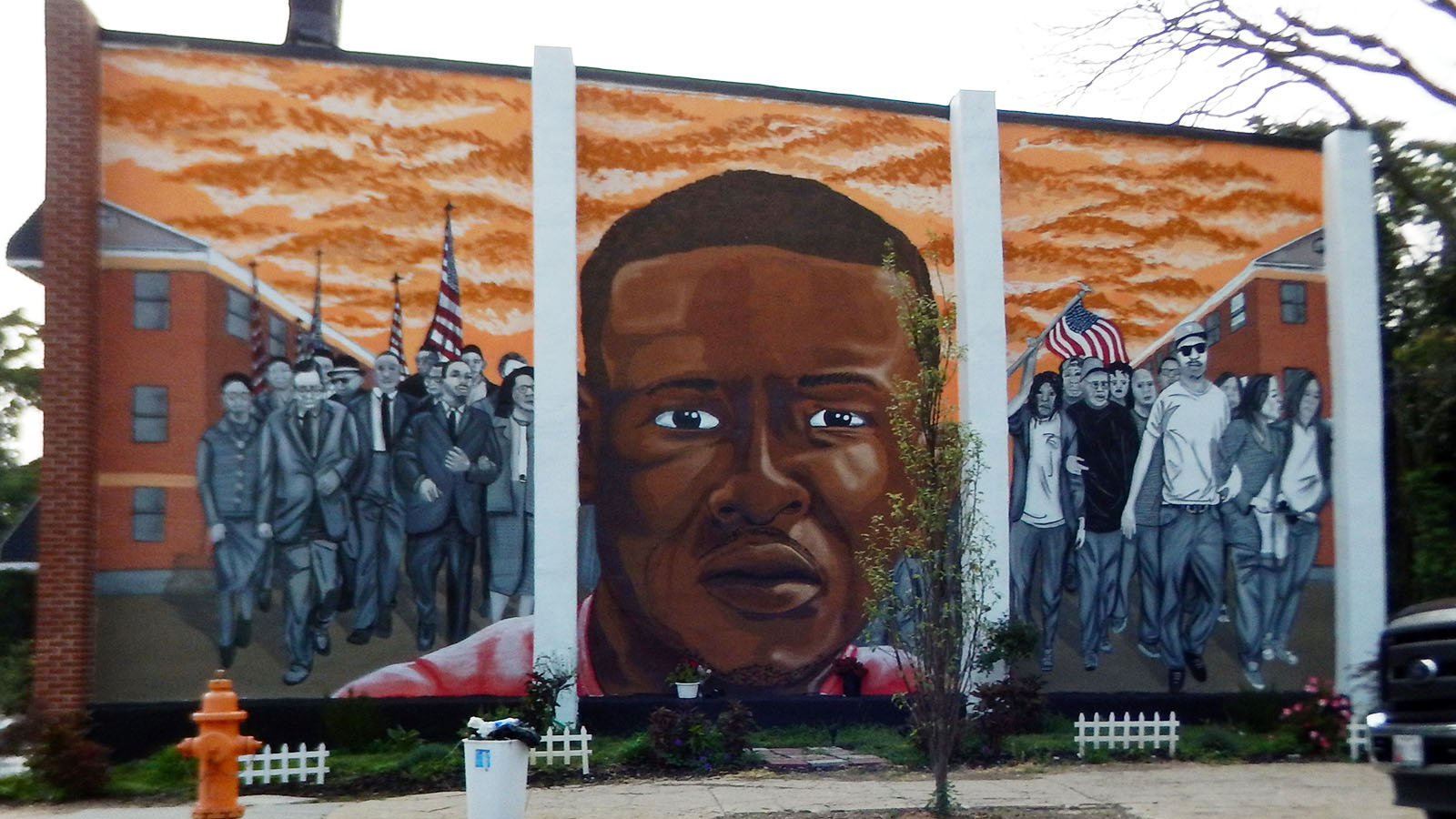
Mural of Freddie Grey in Baltimore City.
What’s a local mural that fascinates you?
I love the one in the Custom House in Baltimore. It was originally the place where the ship captains paid their custom taxes when they brought their goods into the port. It is still a federal building. The painter was Francis Davis Millet. On the ceiling is this amazing panorama of ships sailing on the ocean. All around the upper part of the wall and the ceiling Millet put in an example of every boat and ship he knew of in the world.
What kind of message do you think he was trying to impart?
That the United States is a major maritime power, and Baltimore is at the heart of that global maritime power.
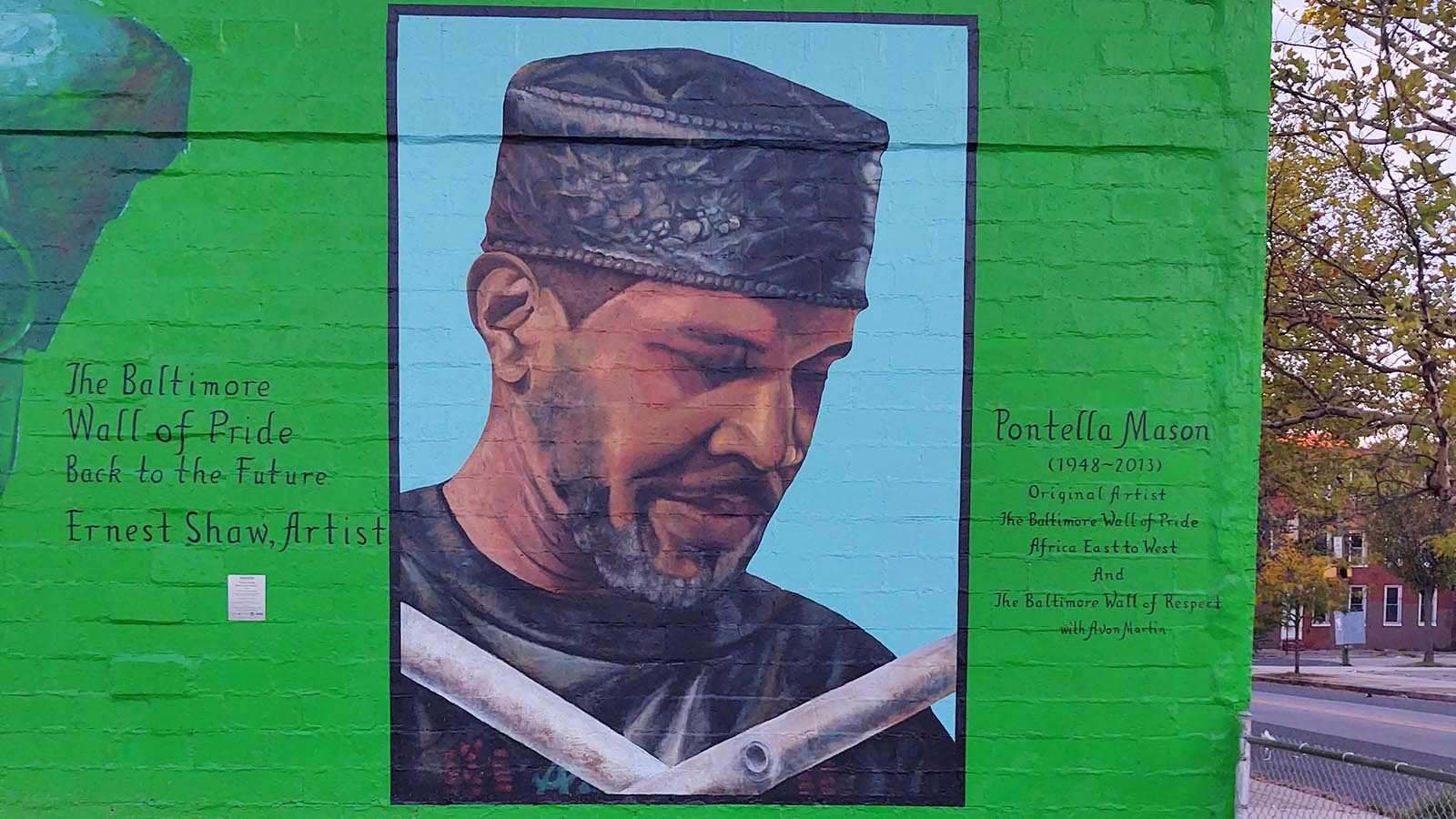
Mural of Pontella Mason in Baltimore City.
You’ve studied some murals from thousands of years ago. What do you think it is about this medium that’s persisted so much?
I think it’s a matter of visibility and presenting important qualities of that society, whichever one you are discussing. Jump to the 21st century and Black Lives Matter at the time of George Floyd when, for example, a street mural is put in Washington, D.C., within sight of the White House. [Washington Mayor] Muriel Bowser had a specific audience in mind. She wanted it aimed at the White House. People don’t typically put their paintings under the wheels of cars.
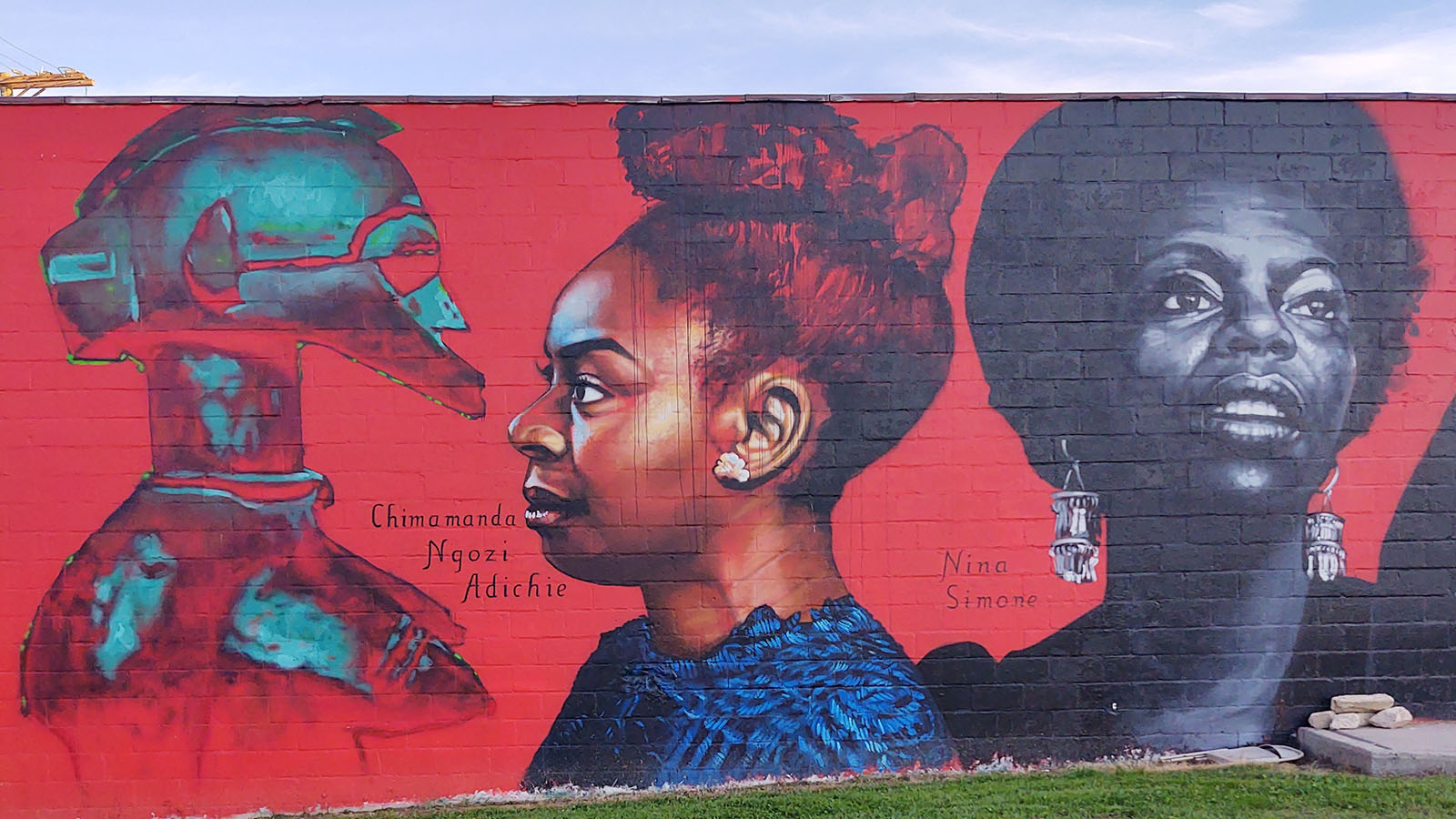
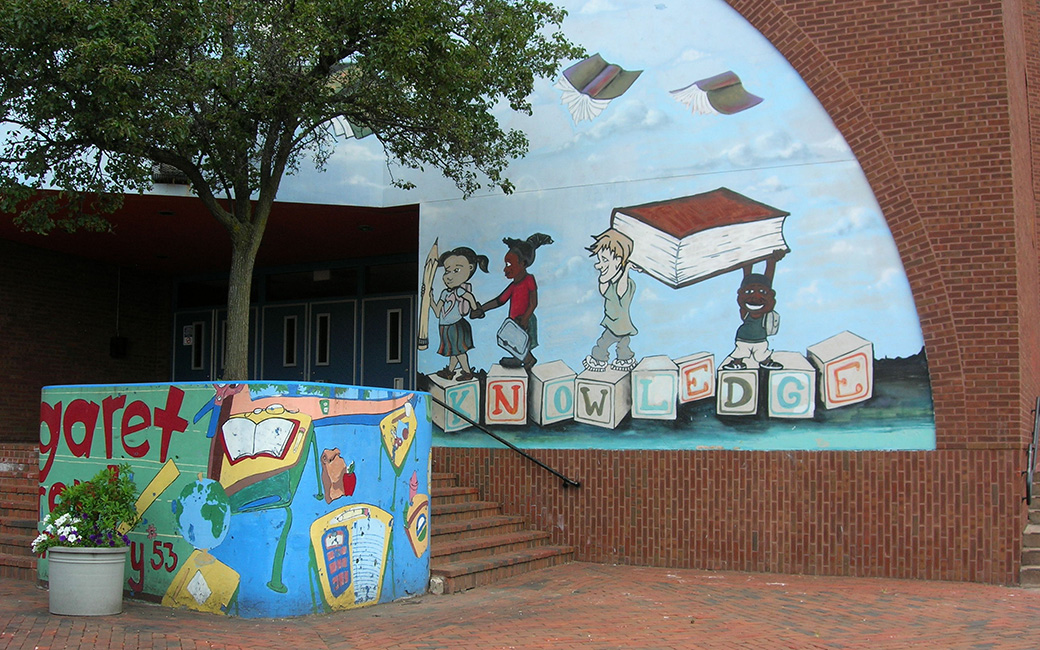
Murals around Baltimore city.
Murals are a really important way that the United States, at the community level, is able to lay out the problems that we have and face them. Their visual quality allows an attention to the subjects in a way that maybe speech-making, article writing and internet pronouncements don’t necessarily communicate. I think that they’re a vibrant and essential part of how we work out issues that we all know we need to work out.